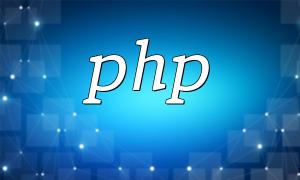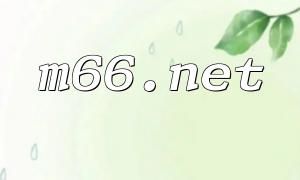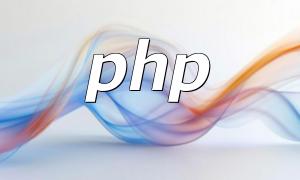In PHP development, handling dates and time is a frequent requirement. Whether you're working on logging, scheduling, or data analysis, accurate time management is essential. PHP’s DateTime extension offers developers a powerful and flexible way to manage dates and time, supporting timezone conversions, formatting, and date arithmetic. This article explores the core features and practical uses of PHP DateTime, helping you master time manipulation efficiently.
Creating a DateTime object is straightforward. You can initialize it with the current time or specify a custom date and time string.
$now = new DateTime(); // Current time
$customDate = new DateTime("2023-03-08 12:34:56");Here, $now stores the current system time, while $customDate represents a specific date and time.
The DateTime object provides a versatile format() method that uses PHP’s date formatting syntax to output custom date and time formats.
// Format date
echo $now->format("d/m/Y"); // Output: 08/03/2023
// Format time
echo $now->format("H:i:s"); // Output: 12:34:56
// Custom format
echo $now->format("l, F jS, Y"); // Output: Wednesday, March 8th, 2023With the format() method, you can easily control how date and time are displayed in your application.
The DateTime object is mutable and allows direct modification of its internal date and time values. You can use the add() and sub() methods, which both accept a DateInterval object as a parameter.
// Add 10 days
$now->add(new DateInterval("P10D"));
// Subtract 5 hours
$now->sub(new DateInterval("PT5H"));These methods make it simple to calculate future or past dates—ideal for handling deadlines, reminders, or recurring events.
Comparing DateTime objects in PHP is intuitive. You can use standard comparison operators (<, >, ==) to determine the relationship between two dates.
if ($now < $customDate) {
echo "The current time is earlier than the custom date.";
} elseif ($now > $customDate) {
echo "The current time is later than the custom date.";
} else {
echo "The current time is equal to the custom date.";
}This functionality is especially useful for time-sensitive operations such as task scheduling, countdowns, or expiration checks.
The DateInterval class represents a duration or difference between dates. It can be combined with DateTime to perform complex time calculations.
$interval = new DateInterval("P1Y3M10D"); // Represents 1 year, 3 months, and 10 days
// Access years
echo $interval->y; // Output: 1
// Access days
echo $interval->d; // Output: 10This approach gives developers the ability to manage time differences, calculate durations, or automate recurring event logic.
The DateInterval object also supports a format() method, enabling developers to display intervals in a human-readable way.
echo $interval->format("%y years %m months %d days"); // Output: 1 years 3 months 10 daysFormatted interval outputs are particularly useful in reports, progress trackers, or time-based analytics dashboards.
The PHP DateTime extension is a powerful toolkit for handling date and time operations. With its rich feature set, it simplifies everything from basic formatting to complex time computations. Combining DateTime and DateInterval allows developers to perform advanced time calculations effortlessly, making it an indispensable component of any time-aware PHP application.









